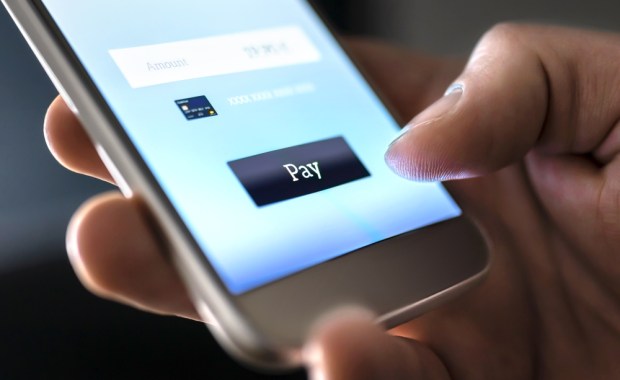How Banks and Merchants Make Payments Easy While Keeping Them Safe

Today’s new digital operating environment is ripe with opportunities for payment innovations.
It is also rife with pitfalls due to the incumbent operators and the emergent innovators increasingly finding themselves facing a uniquely 21st-century quandary.
Either they can make transactions as easy and seamless as possible with minimal hurdles, exposing themselves and their users to a greater chance of fraud; or they can batten down the hatches and run the risk that their users will get so frustrated putting up with the lockstep frictions along the transaction journey that they move to a competitor.
But as the payment landscape continues evolving, this delicate balance between prioritizing user convenience while ensuring user protection needs to remain solid, particularly as data-rich environments increasingly capture and leverage more personally identifiable information (PII).
Handling Sensitive Information Requires a Delicate Touch
“We continue to see a hockey stick increase in digital identity information being compromised and used for synthetic identity fraud, account takeover fraud and other types of digital identity abuse,” Erika Dietrich, head of risk services for ACI Worldwide, told PYMNTS in May.
A part of the reason for the growth of fraud across digital channels is that new artificial intelligence (AI) tools like ChatGPT are progressively being turned to by bad actors looking to commit digital identity fraud.
But AI is also helping firms create stronger user profiles and build better defenses.
As PYMNTS has previously reported, there is a “greenfield opportunity” for providers and platforms to help automate the verification of counterparties’ identities, payment details and accounts.
Forty-two percent of consumers want to verify their identity every time they pay for a good or service.
Tapping AI tools to power authentication and enterprise-level digital identity verification has become crucial to helping firms identify and protect against today’s unique variants of digital fraud.
Still, many global businesses lack access to the modern digital tools needed to identify fraud vulnerabilities and mitigate their risks.
While 38% of businesses are using document and identity authentication tools, PYMNTS research in the “B2B Payments Fraud Tracker” found that 71% of businesses said they need additional digital fraud solutions.
What Firms Need to Know as They Move Forward
The traditional methods of payment are being revolutionized to cater to the demands of modern consumers. From mobile payments to contactless transactions and digital wallets, many users expect seamless, instant and secure payment experiences across various platforms and devices.
But the longer firms hold off on boosting their defenses to adapt to this evolving environment, the more of a jump bad actors will be able to have on them.
“Fraudsters, as a general rule of thumb, tend to be very sophisticated and are always finding new ways to defraud individuals and businesses,” Doriel Abrahams, head of risk in the U.S. at fraud prevention provider Forter, told PYMNTS in May.
While users desire frictionless transactions, businesses must ensure that robust security measures are in place to safeguard their data and financial information. A single data breach can have severe consequences, resulting in financial losses, reputational damage and potential legal implications.
Although many of the recent innovations in banking and transacting have emphasized convenience, PYMNTS’ data found that retail banking customers have become concerned about the safety of their personal and financial information when banking and transacting online.
Nearly 70% of retail banking customers worry their sensitive personal and financial data may be vulnerable to digital security threats when they use financial services online — and most would willingly trade convenience for more security measures.
Promisingly, to enhance security, consumers are increasingly open to allowing their financial institutions to share sensitive data with familiar service providers.
